Home>Home Appliances>Home Automation Appliances>How To Make Alexa Say “OK” After Command
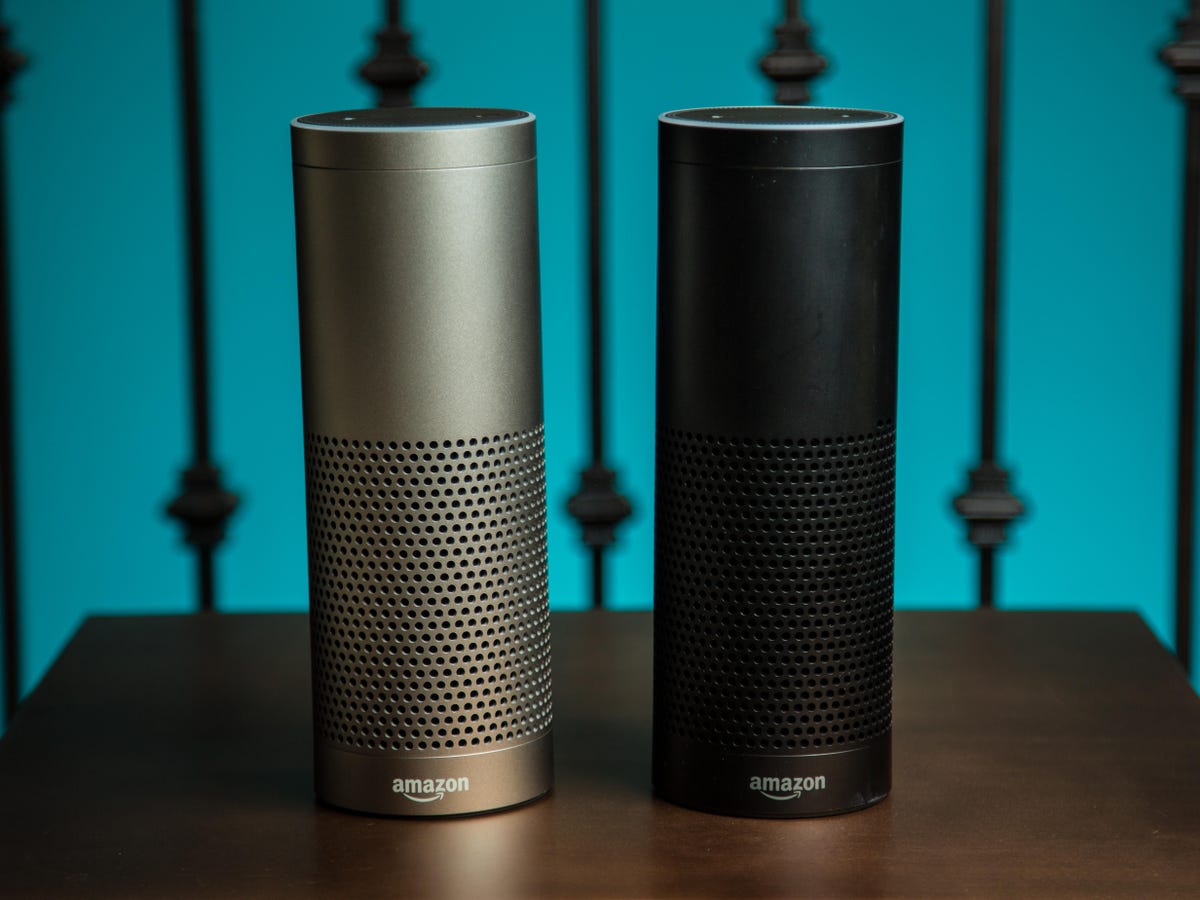

Home Automation Appliances
How To Make Alexa Say “OK” After Command
Published: January 4, 2024
Learn how to customize your home automation appliances to make Alexa respond with "OK" after each command. Improve your smart home experience today.
(Many of the links in this article redirect to a specific reviewed product. Your purchase of these products through affiliate links helps to generate commission for Storables.com, at no extra cost. Learn more)
Introduction
Welcome to the world of smart home automation, where technology seamlessly integrates into our daily lives, offering convenience and efficiency at our fingertips. Among the myriad of smart home devices available, Amazon's Alexa stands out as a leading voice assistant, capable of executing a wide range of commands to control various smart home appliances and systems.
As technology continues to advance, users are increasingly seeking ways to personalize their interactions with voice assistants. One common request is the ability to customize Alexa's responses to commands, adding a touch of personality and enhancing the overall user experience. In this article, we will delve into the intricacies of Alexa commands, explore the options for customizing Alexa's responses, and provide a comprehensive guide on how to make Alexa say "OK" after a command.
Whether you're a seasoned smart home enthusiast or just embarking on your home automation journey, understanding the capabilities of voice assistants like Alexa can significantly elevate your smart home experience. So, let's embark on this insightful exploration of customizing Alexa's responses to create a more tailored and engaging interaction with your smart home ecosystem.
Key Takeaways:
- Customize Alexa’s responses using Routines to make her say “OK” after a command, adding reassurance and feedback to your smart home experience.
- Personalize your interactions with Alexa by leveraging Alexa Skills, app settings, and routines, infusing your smart home with individuality and practical feedback.
Understanding Alexa Commands
Before delving into the customization of Alexa responses, it’s essential to grasp the fundamental nature of Alexa commands. Alexa, the voice assistant developed by Amazon, operates through a combination of natural language processing and cloud-based AI algorithms. This enables users to interact with Alexa using voice commands, initiating a wide array of actions and functions.
When issuing commands to Alexa, users can control smart home devices, play music, set reminders, ask questions, and perform numerous other tasks. The versatility of Alexa commands allows for seamless integration with various smart home appliances, ranging from smart lights and thermostats to security cameras and entertainment systems.
Furthermore, Alexa commands can be tailored to specific routines and preferences, enabling users to create personalized interactions that align with their daily activities. For instance, users can set up custom routines that trigger a sequence of actions with a single command, such as dimming the lights, adjusting the thermostat, and playing a favorite playlist simultaneously.
Understanding the diverse capabilities of Alexa commands serves as the foundation for customizing the responses generated by the voice assistant. By comprehending the nuances of how Alexa interprets and executes commands, users can effectively tailor the overall interaction to suit their preferences and enhance the user experience.
As we continue our exploration, we will delve deeper into the mechanisms of customizing Alexa’s responses, offering insights into the various options available for refining the voice assistant’s feedback to user commands.
Customizing Alexa Responses
Personalizing the responses from Alexa can significantly enhance the overall user experience, adding a touch of individuality and character to interactions with the voice assistant. Amazon has provided users with a range of options to customize Alexa’s responses, allowing for tailored feedback that aligns with personal preferences and usage scenarios.
One of the primary methods for customizing Alexa responses is through the use of Alexa Skills. These are voice-driven capabilities that enhance the functionality of Alexa, enabling users to perform specific tasks, access information, or interact with third-party services. Skill developers have the ability to craft unique responses for their skills, offering users a diverse range of experiences when engaging with Alexa.
Additionally, users can leverage the Alexa app to modify certain aspects of Alexa’s behavior and responses. Within the app, users can explore settings related to voice feedback, language preferences, and responses to specific requests. This level of customization empowers users to fine-tune Alexa’s interactions to align with their communication style and preferences.
Furthermore, Amazon has introduced the Alexa Blueprints platform, allowing users to create their own personalized Alexa Skills without the need for programming knowledge. This innovative feature enables individuals to design custom responses for specific questions or commands, tailoring Alexa’s feedback to suit their unique needs.
By offering these diverse customization options, Amazon has empowered users to shape their interactions with Alexa in a way that resonates with their individual preferences and lifestyle. Whether it’s infusing Alexa’s responses with humor, creating personalized routines, or refining the tone and language used by the voice assistant, the customization options provide a pathway to a more engaging and personalized smart home experience.
As we delve deeper into the realm of customization, we will now explore the process of making Alexa say “OK” after a command, providing a step-by-step guide to implementing this specific customization to enhance the interaction with the voice assistant.
To make Alexa say “OK” after a command, you can use the “Alexa Skills Kit” to create a custom skill that includes a response with the word “OK” after the command is given. This can be done by programming a specific response within the skill’s code.
Making Alexa Say “OK” After Command
Many users have expressed a desire for Alexa to provide an audible confirmation, such as saying “OK,” after executing a command. This simple yet impactful customization adds a layer of reassurance and feedback to the user’s interaction with the voice assistant. While Alexa’s default behavior does not include a verbal acknowledgment after every command, there are methods to implement this customization and enhance the overall user experience.
One approach to achieving this customization involves leveraging the capabilities of Alexa Routines. Routines allow users to automate a series of actions in response to a specific command, trigger phrase, or a scheduled event. By creating a custom routine, users can incorporate Alexa’s verbal response, such as saying “OK,” to follow the execution of a command.
To create a routine that includes Alexa’s verbal acknowledgment, users can follow these steps:
- Open the Alexa app on your mobile device.
- Tap on the “More” tab at the bottom right corner of the screen.
- Select “Routines” from the list of options.
- Tap the “+” icon to create a new routine.
- Choose the trigger for the routine, such as a specific voice command or action.
- Under “Add action,” select “Customized,” then “Alexa Says,” and enter the desired phrase, such as “OK.”
- Complete the routine setup by adding any additional actions or commands.
- Save the routine to enable the customized response.
By following these steps, users can effectively integrate Alexa’s verbal acknowledgment into their customized routines, providing the desired “OK” response after executing specific commands. This tailored approach adds a layer of confirmation and feedback, enhancing the overall interaction with Alexa and creating a more personalized smart home experience.
It’s important to note that while this method introduces the “OK” response within the context of a routine, it offers a practical and customizable solution for incorporating verbal feedback into the user’s interaction with Alexa. As technology continues to evolve, Amazon may introduce additional features and customization options to further enhance the capabilities of Alexa, providing users with even more ways to personalize their interactions with the voice assistant.
By embracing the flexibility and customization options offered by Alexa, users can tailor their smart home experience to align with their preferences, creating a more engaging and personalized interaction with the voice assistant.
Conclusion
As we conclude our exploration of customizing Alexa’s responses and implementing the “OK” acknowledgment after commands, it’s evident that the realm of smart home automation continues to evolve, offering users increasingly personalized and tailored experiences. The ability to customize Alexa’s responses represents a significant step towards creating a more engaging and user-centric interaction with the voice assistant.
Understanding the diverse capabilities of Alexa commands, the options for customizing responses, and the process of implementing specific verbal acknowledgments such as “OK” provides users with the tools to shape their smart home experience according to their preferences and communication style. By leveraging features such as Alexa Skills, Routines, and the Alexa Blueprints platform, users can infuse their interactions with Alexa with a touch of individuality, humor, and practical feedback, enhancing the overall user experience.
As technology continues to advance, it’s foreseeable that Amazon will introduce further customization options and features, allowing users to refine their interactions with Alexa to an even greater extent. This ongoing evolution underscores the commitment to providing users with a voice assistant experience that is not only functional and efficient but also personalized and enjoyable.
Ultimately, the process of making Alexa say “OK” after a command exemplifies the power of customization within the smart home ecosystem. By tailoring the responses of voice assistants to align with individual preferences, users can create a more seamless and satisfying interaction, further blurring the lines between technology and human-centric experiences.
As we look towards the future of smart home automation, the potential for further customization, personalization, and user-centric enhancements is boundless. With each new feature and customization option, users are empowered to shape their smart home experiences in ways that resonate with their unique preferences, ultimately redefining the relationship between humans and technology in the home environment.
Embracing the possibilities of customization and personalization within the smart home ecosystem not only enhances the functionality of voice assistants like Alexa but also enriches the overall experience, fostering a deeper sense of connection and engagement with the technology that has become an integral part of our daily lives.
Frequently Asked Questions about How To Make Alexa Say "OK" After Command
Was this page helpful?
At Storables.com, we guarantee accurate and reliable information. Our content, validated by Expert Board Contributors, is crafted following stringent Editorial Policies. We're committed to providing you with well-researched, expert-backed insights for all your informational needs.
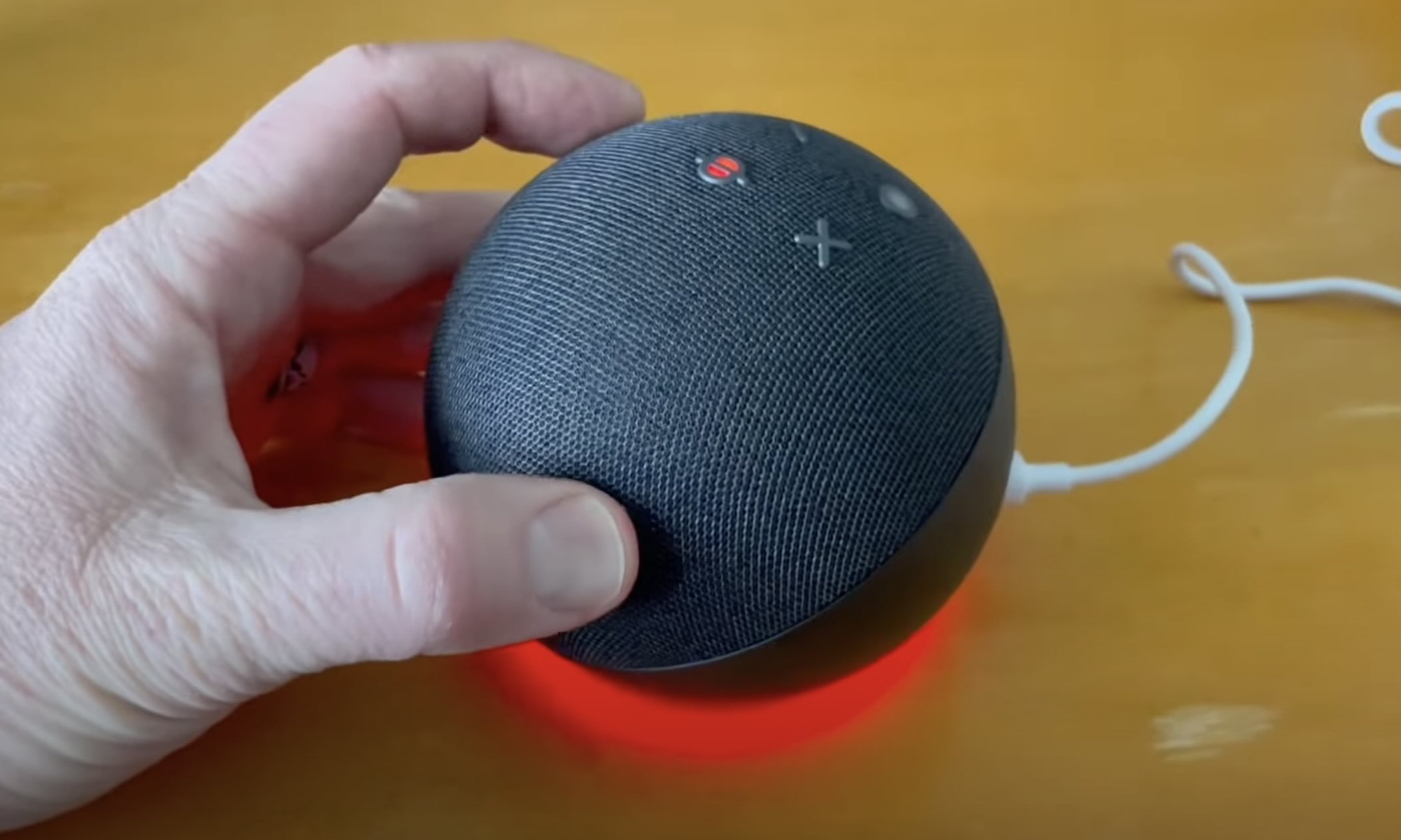
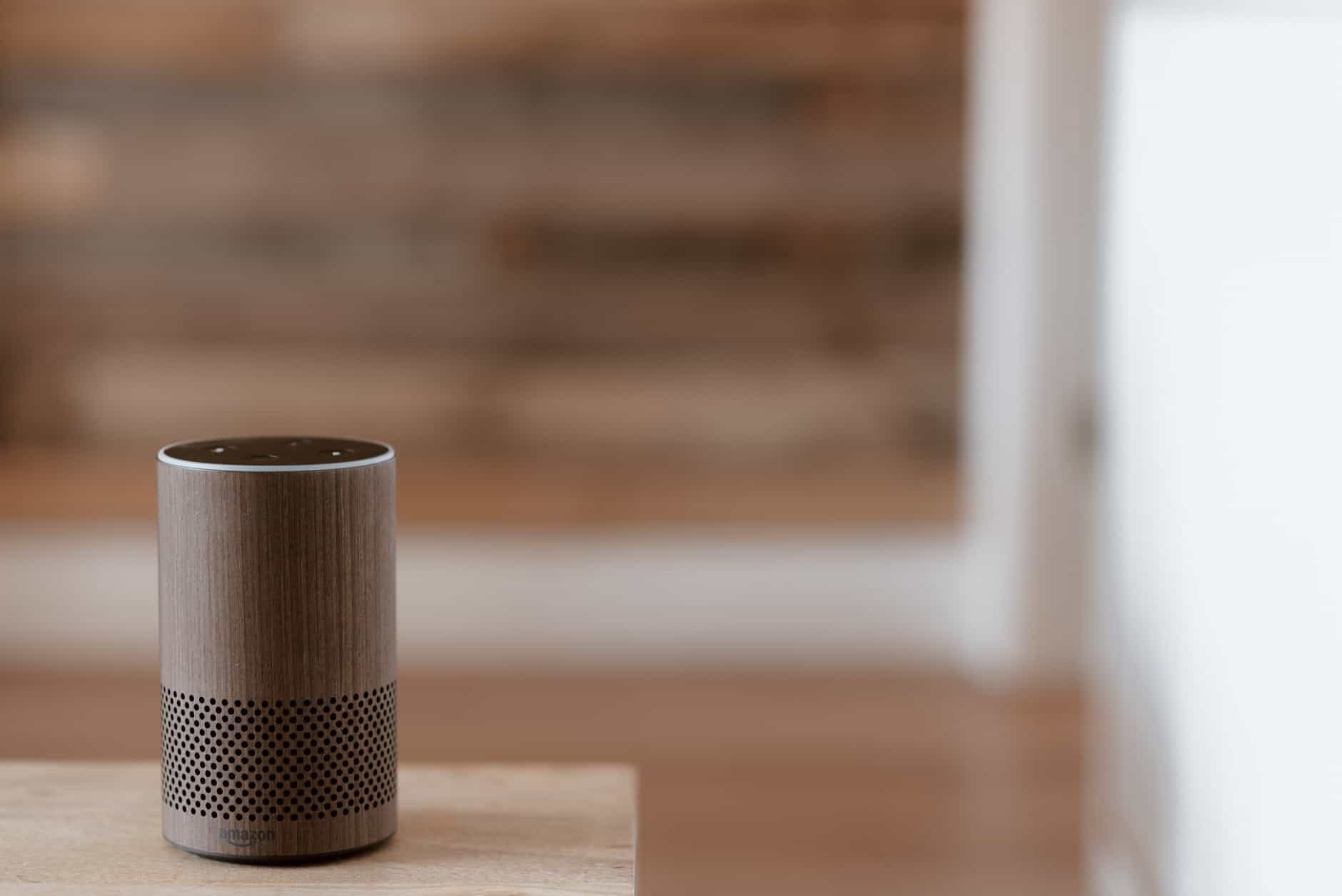
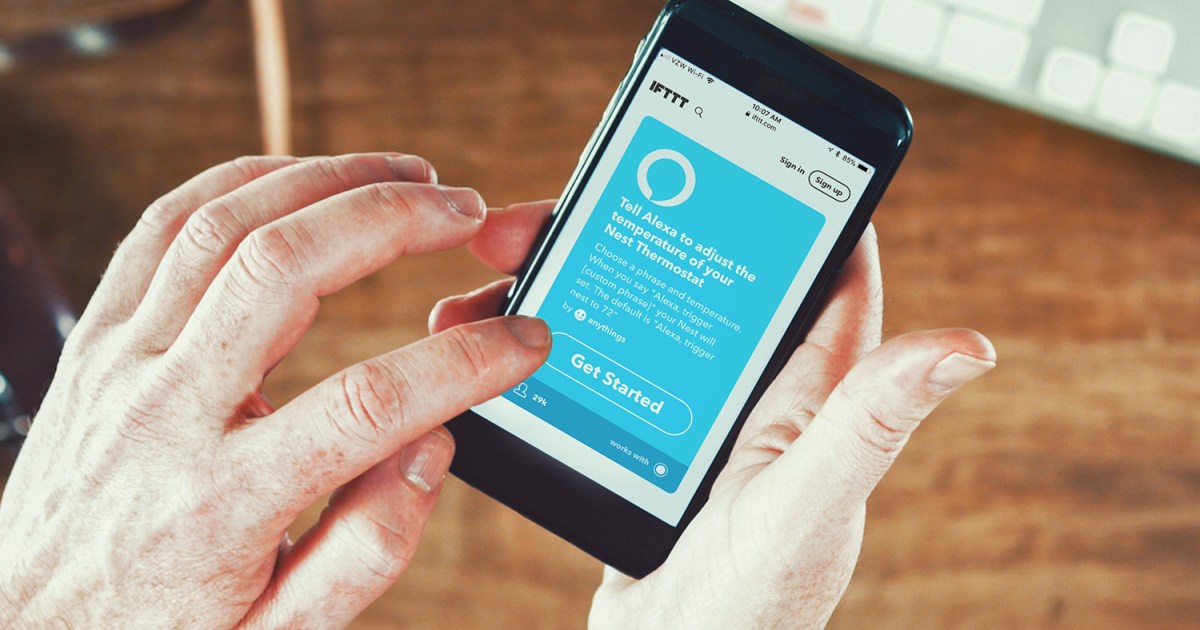

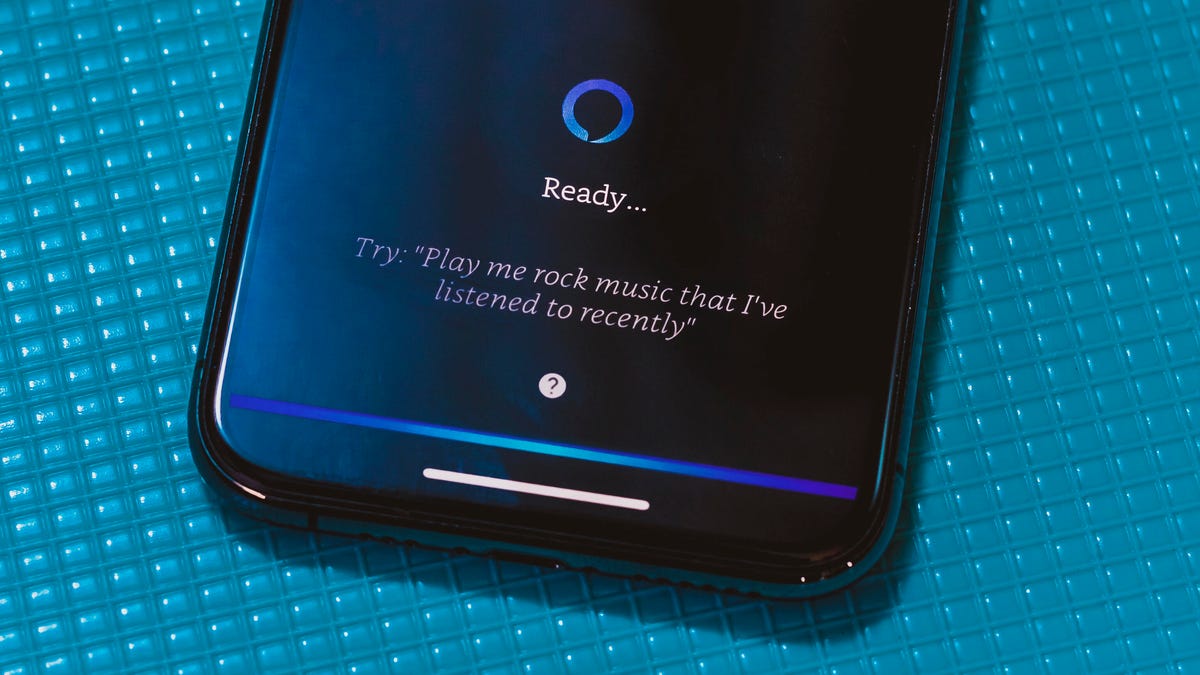

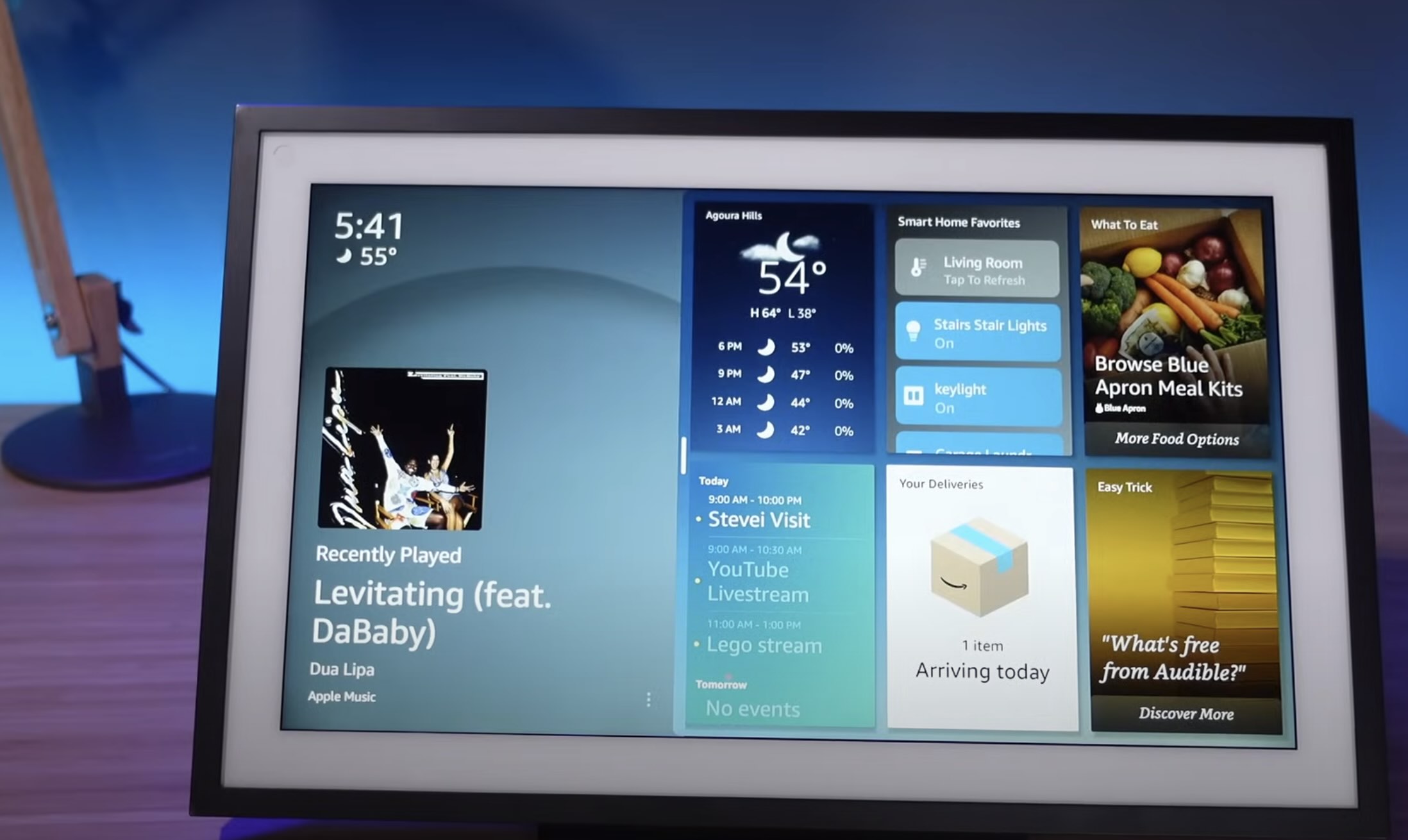
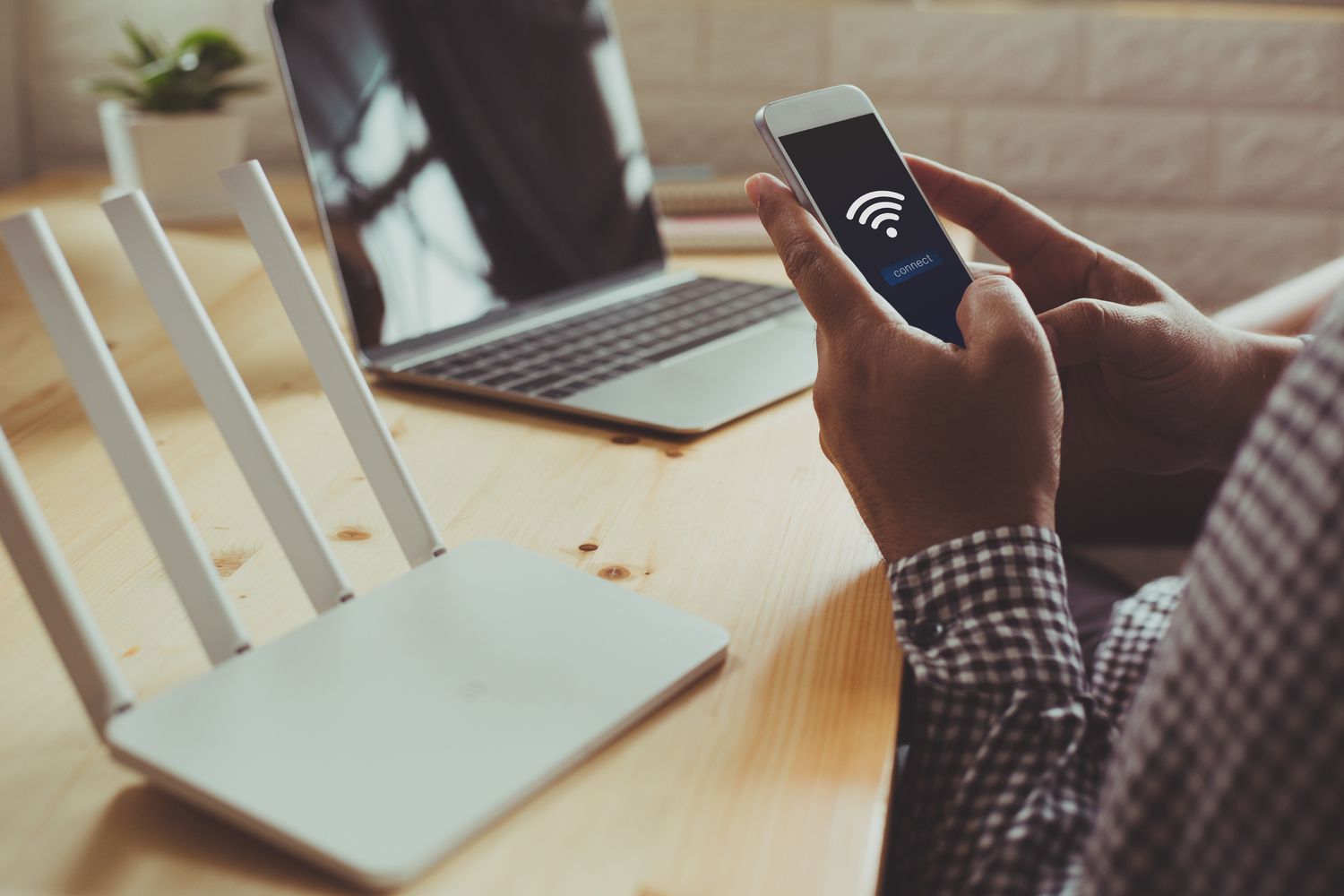
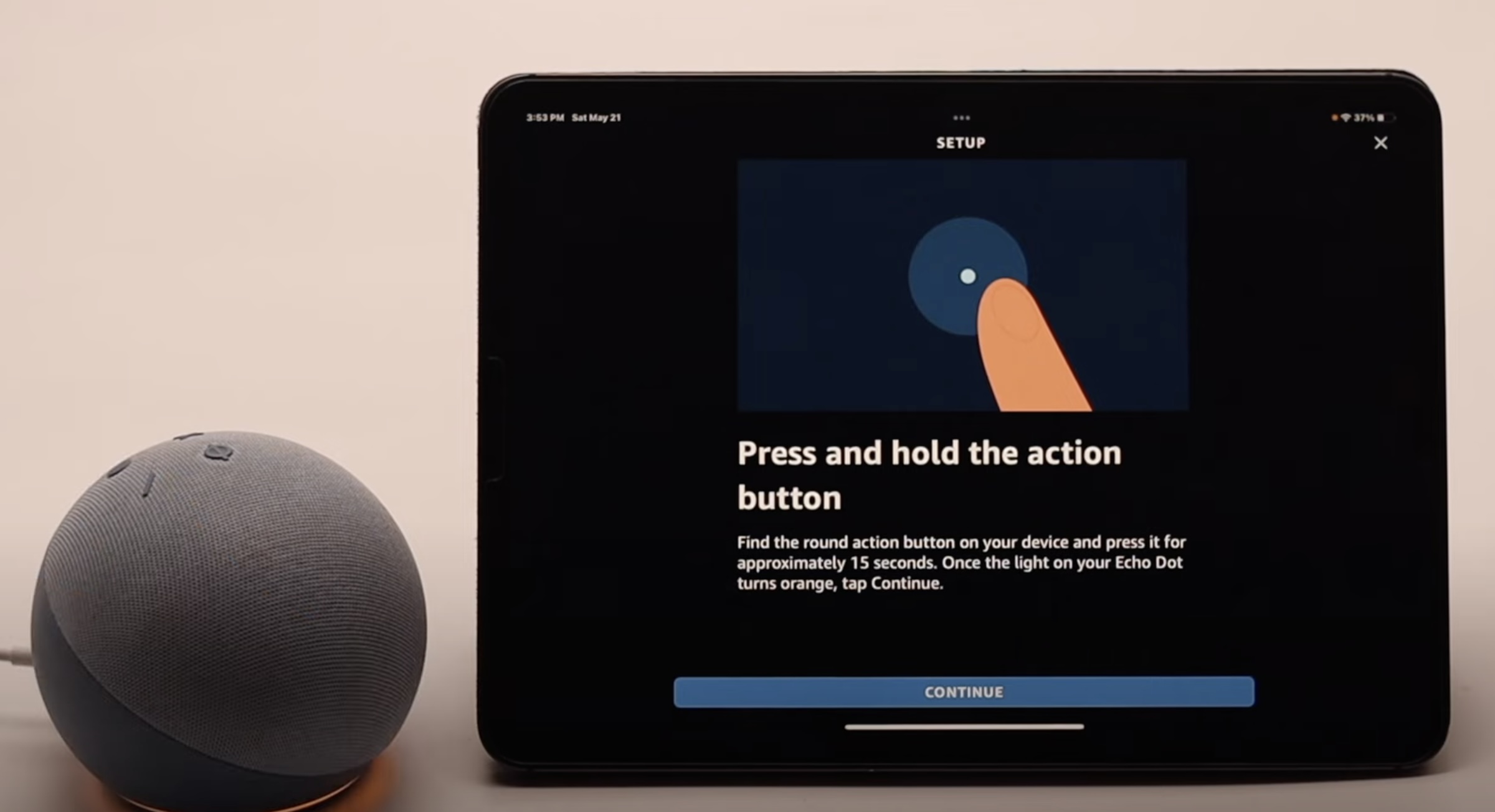

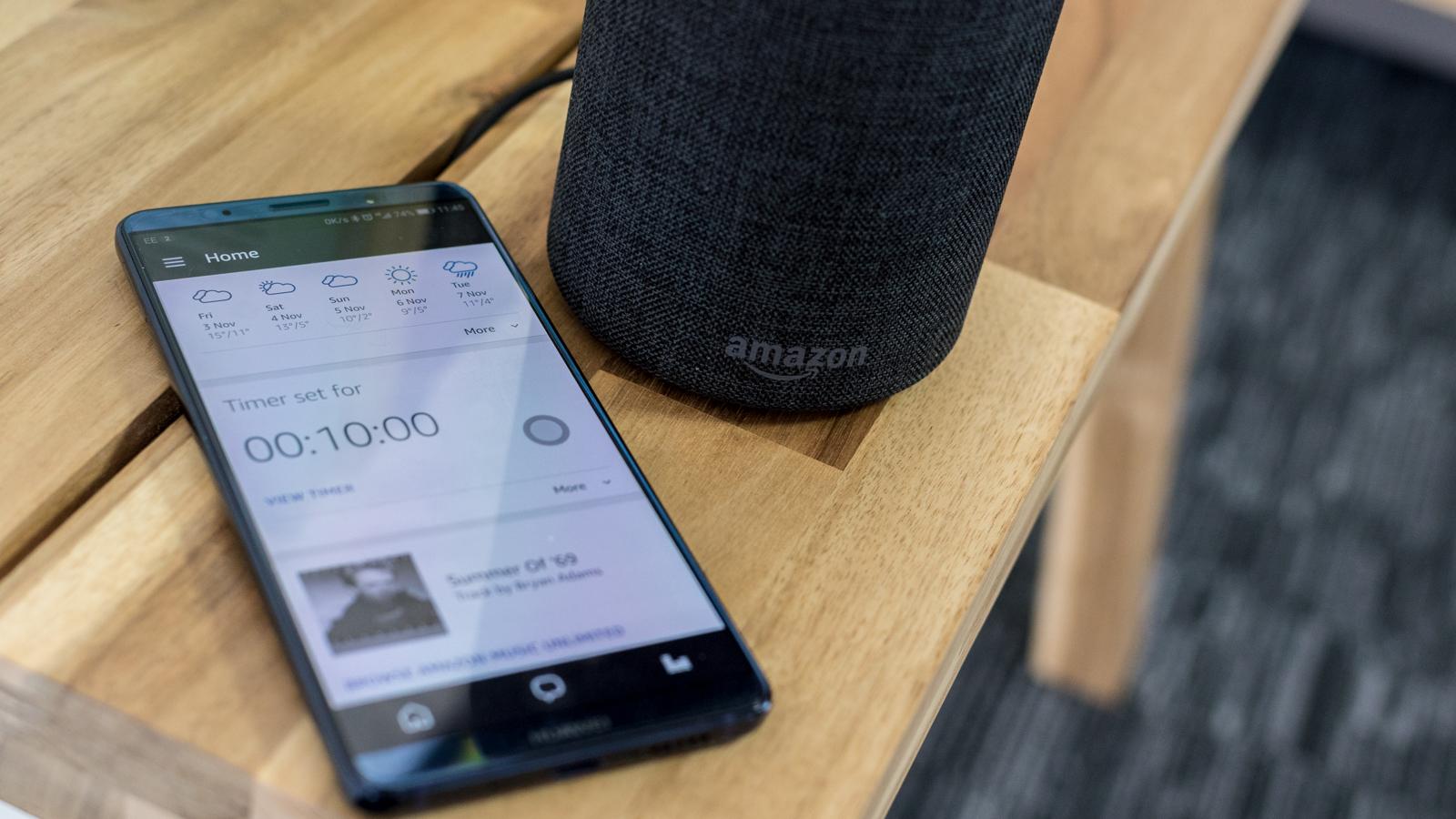
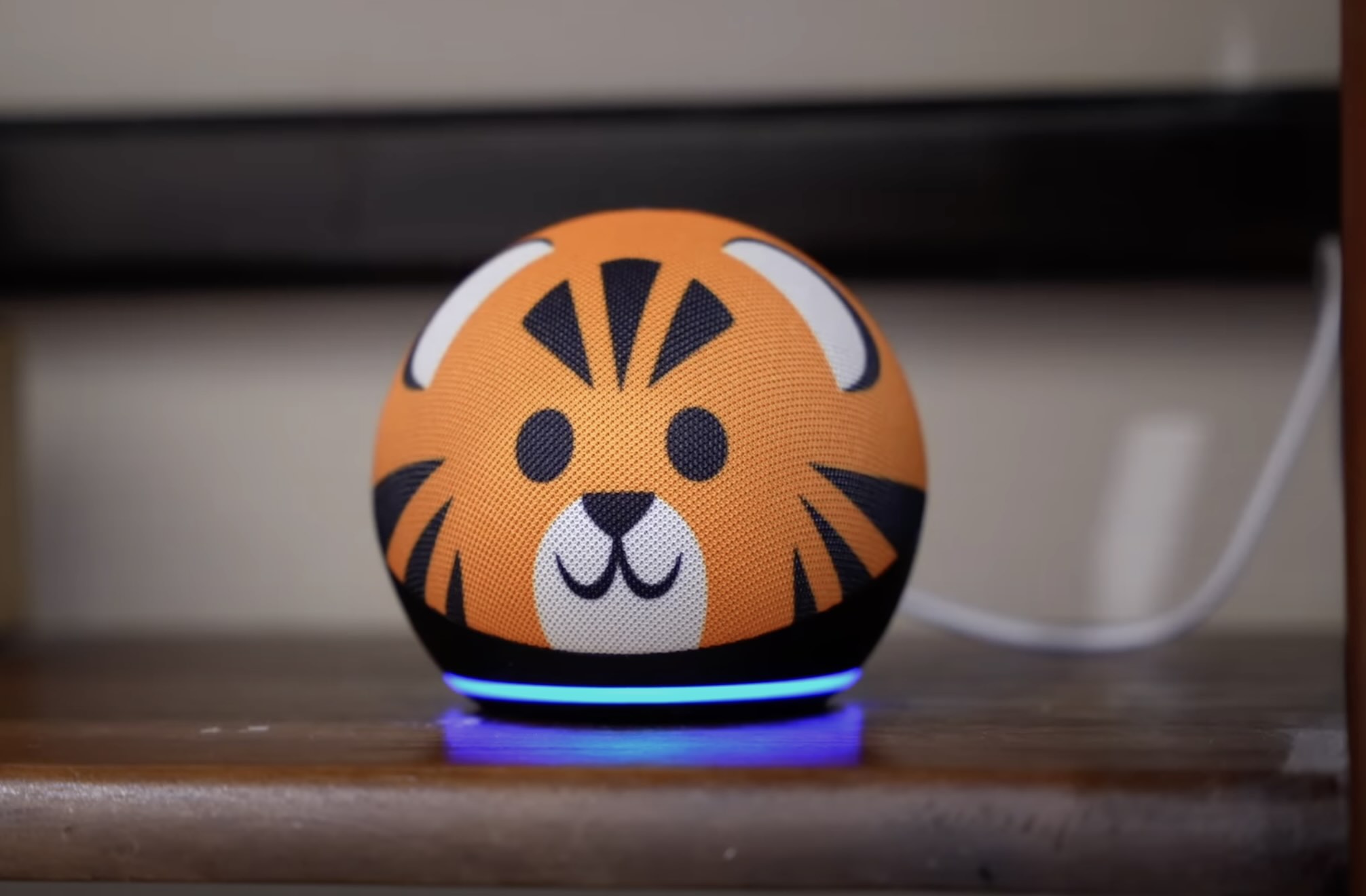


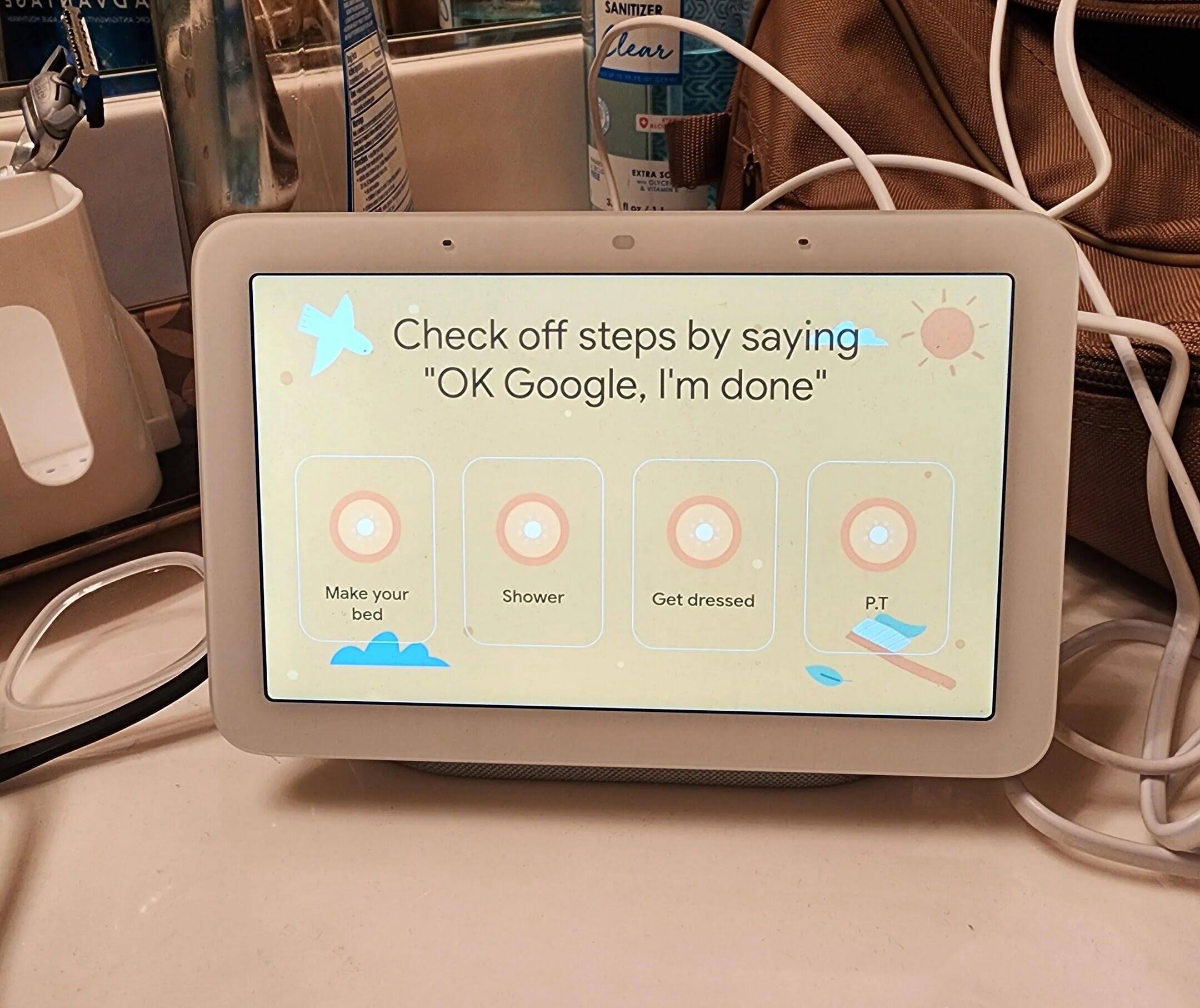

0 thoughts on “How To Make Alexa Say “OK” After Command”